Besni
Besni is a town located in the western part of Adıyaman city centre. 12th-19th of the names used for Besni. It is seen that it was written in various ways between the centuries. In this process, Besni; It was called Bahasna in Arabic, Bet Hesna and Behesna in Syriac, Behesni, Behesdin and Behisni in Armenian, Behisni, Behesne, Besne and Besni in Ottoman Turkish. It is also recorded in some works that the name of the city is mentioned as Bihişti in Persian sources. They used the names of Bar Hebraeus Bet Hesna, Mateos Behesni and Behesdin from Urfa for Besni. Evliya Çelebi, who stopped by Besni in the mid-17th century, recorded the names Sadr-ı Baz, Behisni and Besne for the city and the castle in his Seyehâtname. Contemporary sources have also determined that names such as Behesni and Behisni are used for Besni. In Arabic and Persian sources, it is stated that the name Besni comes from Behesnâ and is derived from the word hesnâ, which means "unique" or "similar to heaven". Besni is a settlement established on the southern skirts of the Malatya Mountains, near a stream flowing into Göksu, which mixes with the Euphrates River below Samsat, in the Southeastern Anatolia Region. It is 105 km from Gaziantep in the southwest, approximately 90 km from Kahramanmaraş in the west, and approximately 100 km from Malatya in the northeast. It is 44 km from Adıyaman city center and 27 km from Gölbaşı, the nearest railway station. Today, Besni, a district center of Adıyaman province, is surrounded by Gölbaşı district from the west, Tut district from the north, Adıyaman from the east, the Euphrates River from the southeast (on the other side of the river, Halfeti and Bozova districts of Şanlıurfa), Araban district of Gaziantep province to the south, and Pazarcık district of Kahramanmaraş to the southwest. is surrounded. The north of the county, which has a surface area of 1330 square kilometers, is completely mountainous and rugged, and as you go south from the city, low hills replace the unevenness. While the elevations in the north also have the characteristics of a plateau, a fertile plain extending up to Kızıldağ begins after the decreasing roughness towards the south. Established on the slopes of Yumrutepe, one of the hills of the Southeast Taurus Mountains range descending towards the south and extending in the west-east direction, Besni is approximately 930 meters above sea level. There is a typical climate in Besni, which is a mixture of Eastern Anatolia Region, Southeastern Anatolia Region and Mediterranean climates. The climate in Besni is between the Mediterranean climate and the eastern continental climate. Winters are cold and rainy, and summers are cool and dry. With the construction of the Atatürk Dam, a noticeable difference has occurred in the climate of the district, and the amount of humidity and precipitation has increased. The coldest month is January and the hottest month is July. Annual precipitation average is 704.5 mm. Rain and snowfall are seen in the district throughout the year, and the snow thickness sometimes reaches 1 meter. Snow mostly falls in late December, January and February. Due to the geographical structure of the district, it generally receives strong winds from the east-west direction, and the speed of the wind reaches 10 km per hour from time to time. Depending on the district; There are 5 towns, 67 villages and 37 neighborhoods.




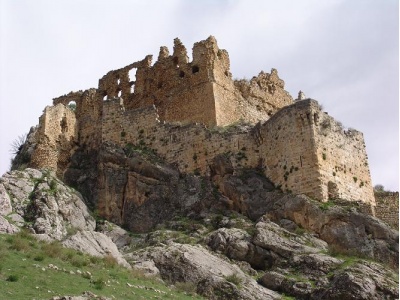
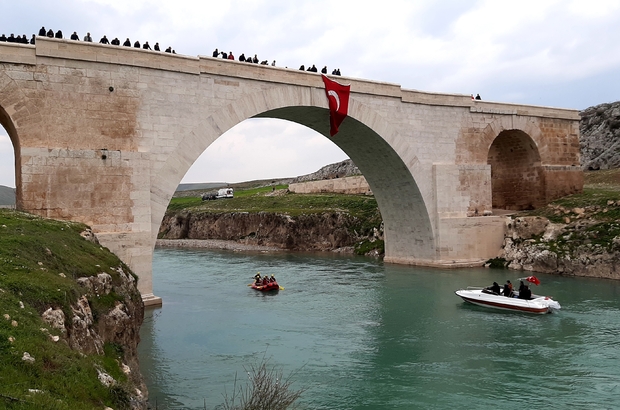
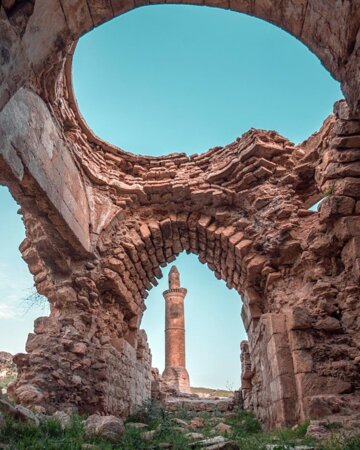
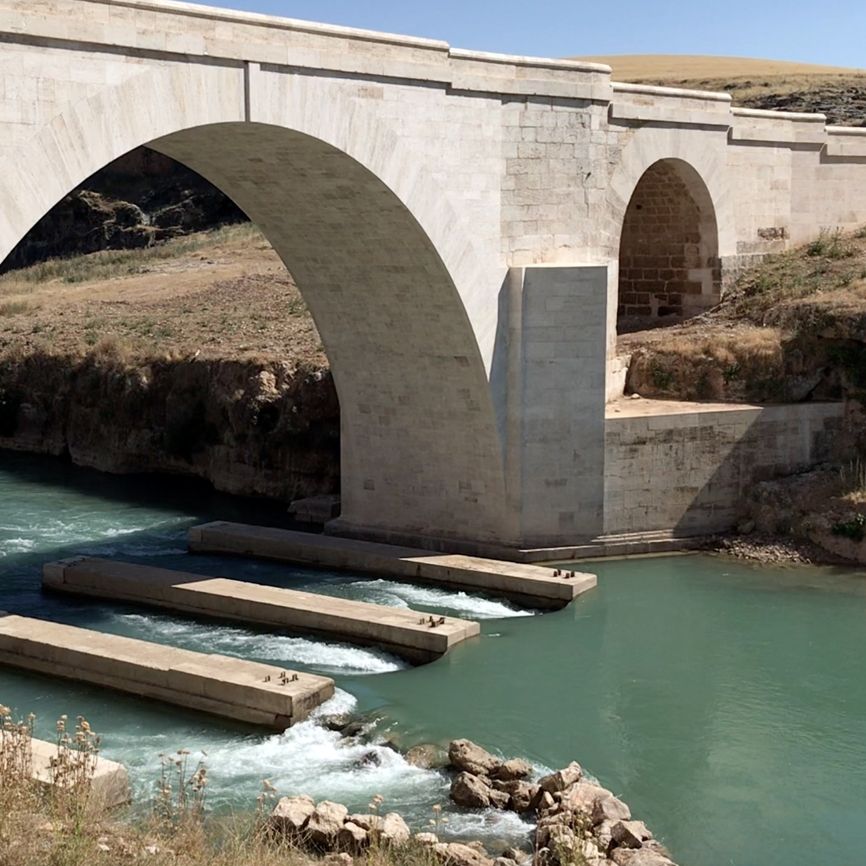
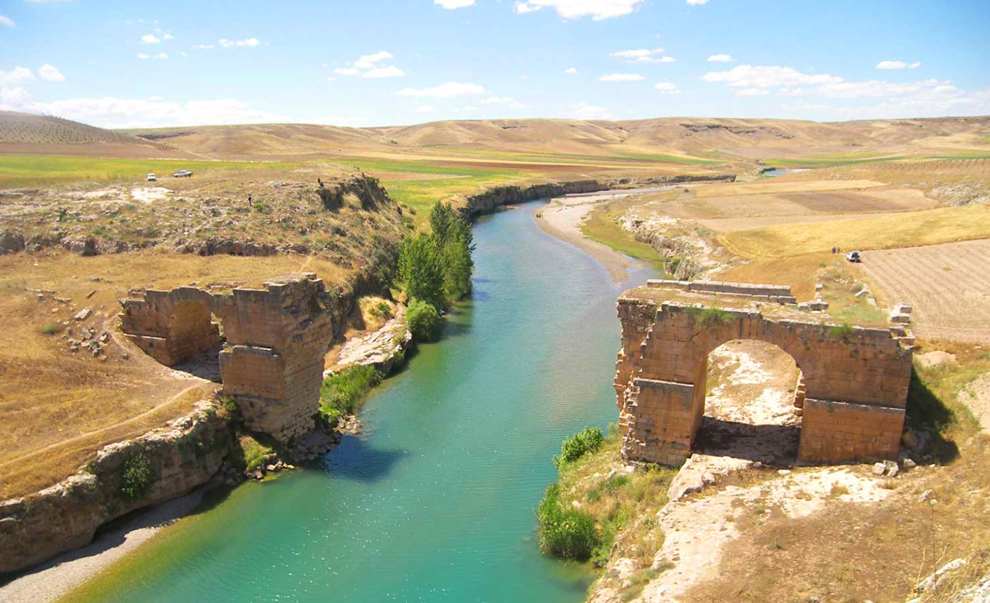
Leave Your Comments